Policy Minute: Eliminating Minimum Parking Requirements
The Stoop (NYU Furman Center)
NOVEMBER 14, 2024
These mandates increase development costs, reducing the feasibility of new housing projects and ultimately limiting the supply of housing. COYHO is aimed at easing New York City's housing shortage by updating zoning regulations to encourage more housing development across the city.

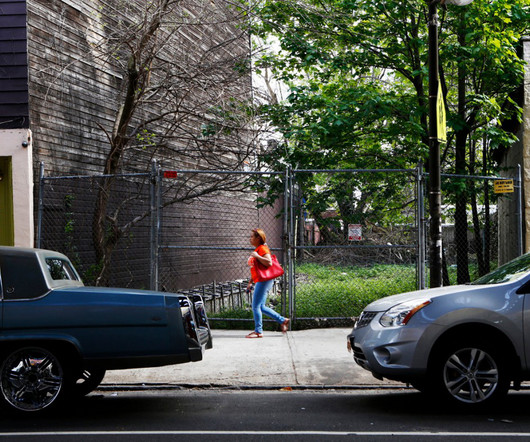
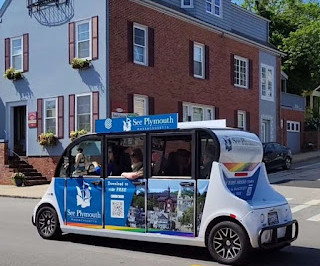
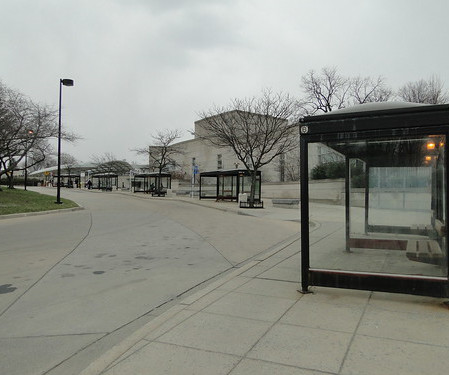
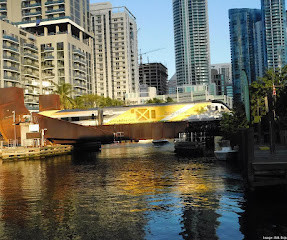
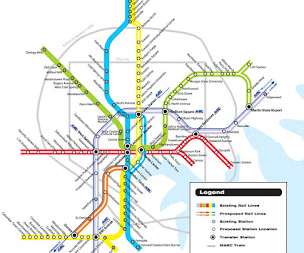






Let's personalize your content